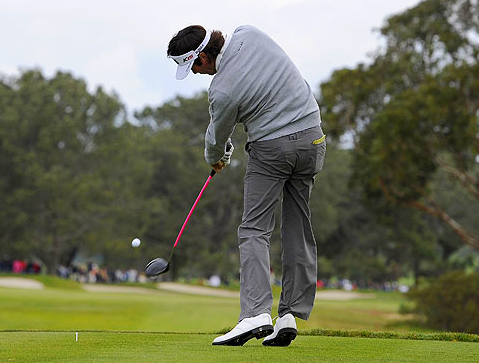Developing an Athlete Golfer
/This video contrasts Michelle Wie and Lexi Thompson in 2015 on the LPGA Tour. Both played 23 events and one of them earned $1.7 million while the other earned $340,000 (prior to the final event). Michelle grew up playing and practicing "inside the lines" and under the watchful eye of expert coaches and her parents continually striving for perfection while Lexi grew up playing golf and other sports. She mostly tried to keep up with her 2 older brothers.
These two golfers have both been phenoms from a very early age, however the manner in which they were exposed to the game was completely different. Michelle was always trained to be a golfer, while Lexi, with the help of her brothers, ended up becoming an athlete first and a golfer second.
Here is some great stuff from Dr. Martin Toms at www.winningyouthcoaching.com
- Kids who specialize early are 70-90% more likely to get hurt, are more likely to burn out, are more likely to develop psychological issues and don’t develop all-around sports athleticism
- There is a huge difference between specialization and early-engagers: Specialization is adult-driven, organized environment, focused on long-term goals, while engagement is child-driven, play-centered, focused on enjoyment of the game. They have the space to fail, the freedom to be creative without an adult looking over their shoulder telling them what they are doing wrong. They will fall in love with the game and there will be tons of free-play
- What if your 7-year-old says he only wants to play 1 sport? – You are the adult and you need to guide them to branch out and try different things.
So what is the right way to develop an athlete golfer? Start with a "diverse portfolio!" Have the young athlete participate in multiple team and individual sports. Keep them active and develop their skills in a broad variety of fields. Do all you can to avoid early specialization for as long as is feasible. Do all this in an open, play-centered environment that is predominantly child driven. Encourage as much "outside the lines," abnormal (fun) practice as possible.
Just my 2 cents!










